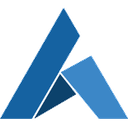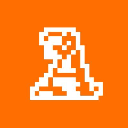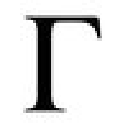-
 Bitcoin
Bitcoin $76,084.6924
-4.54% -
 Ethereum
Ethereum $1,445.1805
-8.12% -
 Tether USDt
Tether USDt $0.9995
-0.01% -
 XRP
XRP $1.7718
-8.45% -
 BNB
BNB $549.1276
-2.54% -
 USDC
USDC $1.0000
-0.02% -
 Solana
Solana $102.5785
-6.90% -
 TRON
TRON $0.2271
-3.97% -
 Dogecoin
Dogecoin $0.1432
-7.25% -
 Cardano
Cardano $0.5559
-7.39% -
 UNUS SED LEO
UNUS SED LEO $9.1497
1.99% -
 Toncoin
Toncoin $2.9459
-6.02% -
 Chainlink
Chainlink $11.0762
-4.99% -
 Avalanche
Avalanche $15.9957
-7.37% -
 Stellar
Stellar $0.2152
-8.40% -
 Shiba Inu
Shiba Inu $0.0...01080
-4.49% -
 Hedera
Hedera $0.1465
-8.76% -
 Sui
Sui $1.8892
-7.72% -
 MANTRA
MANTRA $6.1648
-2.13% -
 Dai
Dai $0.9998
-0.04% -
 Bitcoin Cash
Bitcoin Cash $267.6649
-4.87% -
 Litecoin
Litecoin $69.7253
-4.00% -
 Polkadot
Polkadot $3.3458
-7.90% -
 Ethena USDe
Ethena USDe $0.9985
-0.05% -
 Bitget Token
Bitget Token $4.0151
-3.17% -
 Hyperliquid
Hyperliquid $11.9885
-2.00% -
 Pi
Pi $0.5599
-3.83% -
 Monero
Monero $195.0891
-5.65% -
 OKB
OKB $51.2379
-2.61% -
 Uniswap
Uniswap $4.7158
-9.24%
How does Web3 return data ownership to users?
Empowered by Web3, users embrace self-custody of their online data and assert control over their digital footprints.
Feb 19, 2025 at 01:49 am
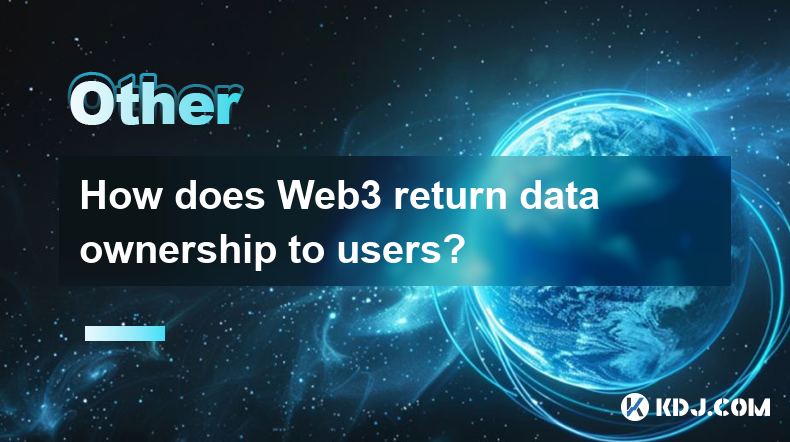
Key Points:
- Web3 empowers users with self-custody of their online data.
- User-centric data standards enable interoperability and portability.
- Web3 eliminates intermediaries, restoring data control to individuals.
- Blockchain technology provides encrypted, tamper-proof storage for user data.
- Decentralized autonomous organizations (DAOs) govern data sharing policies.
How Web3 Returns Data Ownership to Users:
1. Self-Custody of Data:
- Web3 users have complete control over their online data and digital assets.
- They hold the private keys to their blockchain wallets, which enable them to securely store and manage their data.
- Unlike centralized platforms, users are not beholden to the policies and decisions of third parties.
2. User-Centric Data Standards:
- Web3 establishes standards for data storage and exchange that prioritize user control.
- These standards enable interoperability and portability, empowering users to share data across platforms.
- For example, the DID (Decentralized Identifier) standard provides a universal identifier for users, allowing them to maintain their online identity across different Web3 applications.
3. Elimination of Intermediaries:
- Web3 removes the need for third-party intermediaries to control user data.
- Decentralized technologies enable direct connections between users, allowing them to share data and interact without intermediaries.
- By eliminating middlemen, users gain greater autonomy and reduce the risk of data exploitation.
4. Blockchain for Secure Storage:
- Blockchain technology serves as a secure and immutable data repository for user data.
- Data is stored encrypted on the blockchain, and the distributed network ensures its authenticity and integrity.
- As a result, users can trust that their data is safe from unauthorized access or modification.
5. DAO Governance of Data Sharing:
- Decentralized autonomous organizations (DAOs) govern data sharing policies within Web3 ecosystems.
- Users participate in DAOs to collectively decide on how their data is used and shared.
- This democratic approach ensures that users have a voice in determining the terms of data ownership and usage.
FAQs:
Q: How does Web3 compare to Web2 in terms of data ownership?
A: Web2 platforms (e.g., social media, search engines) collect and monetize user data, giving them control over user data. In contrast, Web3 emphasizes self-custodial data and user-centric data standards, empowering users with ownership over their online assets.
Q: What specific technologies enable data ownership in Web3?
A: Key technologies include blockchain for secure data storage, user-centric data standards for portability, and decentralized autonomous organizations (DAOs) for data governance.
Q: What are the benefits of owning my data in Web3?
A: Data ownership in Web3 provides individuals with greater privacy, control over how their data is used, and the potential for financial incentives for sharing and monetizing their data.
Q: Can Web3 completely eliminate data breaches?
A: While Web3 technologies enhance data security through encryption and decentralization, it is not immune to security vulnerabilities and exploits.
Q: How can I get started with owning my data in Web3?
A: To begin using Web3 and owning your data, you can explore decentralized applications (dApps), create a self-custody wallet, and participate in DAO governance discussions.
Disclaimer:info@kdj.com
The information provided is not trading advice. kdj.com does not assume any responsibility for any investments made based on the information provided in this article. Cryptocurrencies are highly volatile and it is highly recommended that you invest with caution after thorough research!
If you believe that the content used on this website infringes your copyright, please contact us immediately (info@kdj.com) and we will delete it promptly.
- Hedera (HBAR) Price Forms Bullish Falling Wedge, Targeting $0.30 Breakout
- 2025-04-09 21:10:13
- HBAR Mess Has Set the Stage for Something Explosive
- 2025-04-09 21:10:13
- The Best Meme Coin to Buy Now Might Not Be One You Recognize
- 2025-04-09 21:05:12
- Royal Canadian Mint Issues $1 Circulation Coin Commemorating the 150th Anniversary of the Supreme Court of Canada
- 2025-04-09 21:05:12
- Could bitcoin withstand the flames spewed by Donald Trump
- 2025-04-09 21:00:12
- Mastercard and Ripple (XRP) Rumored Partnership Doesn't Go as Deep as Many Think
- 2025-04-09 21:00:12
Related knowledge
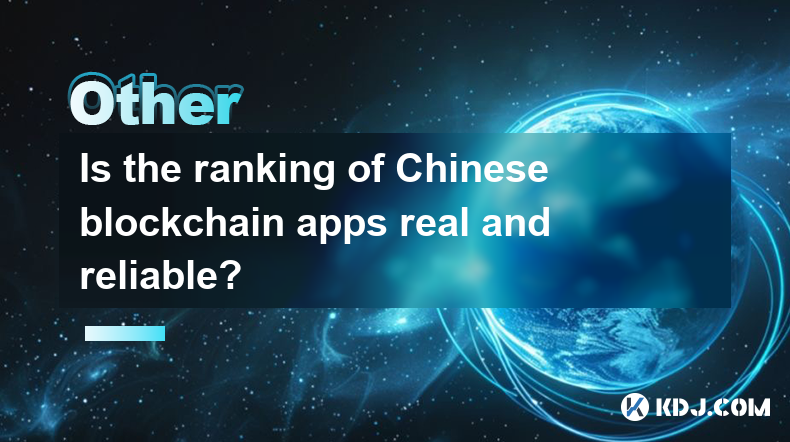
Is the ranking of Chinese blockchain apps real and reliable?
Apr 04,2025 at 09:01pm
The ranking of Chinese blockchain apps has become a topic of interest for many in the cryptocurrency community, as it provides insights into the popularity and adoption of blockchain technology within China. However, the reliability and authenticity of these rankings are often questioned. This article aims to delve into the factors that influence these ...
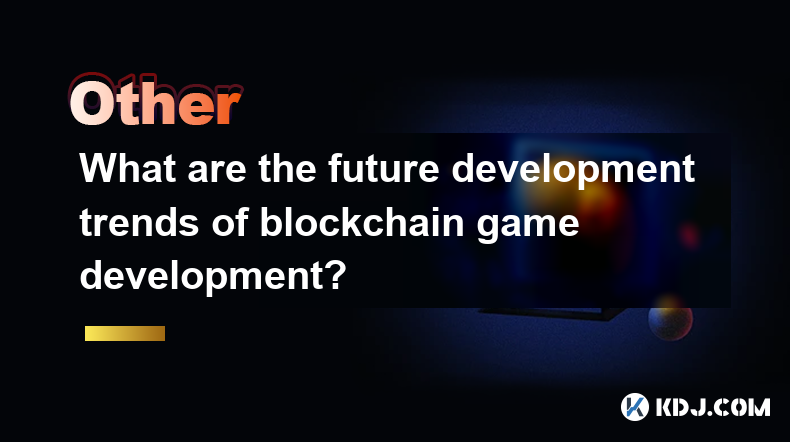
What are the future development trends of blockchain game development?
Apr 03,2025 at 05:00am
Blockchain technology has revolutionized various industries, and gaming is no exception. As we look to the future, several trends are set to shape the development of blockchain games. These trends not only promise to enhance the gaming experience but also to integrate blockchain technology more seamlessly into the gaming ecosystem. Let's explore these t...
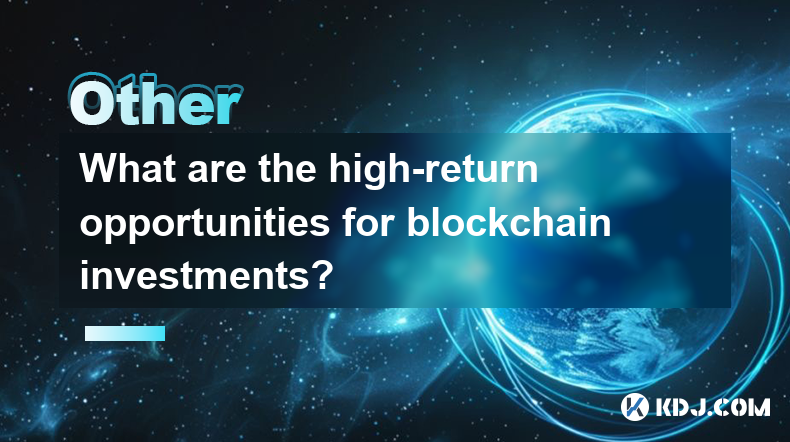
What are the high-return opportunities for blockchain investments?
Apr 05,2025 at 02:35pm
Blockchain technology has revolutionized the financial world, offering numerous high-return investment opportunities. These opportunities span various sectors within the cryptocurrency ecosystem, including cryptocurrencies, decentralized finance (DeFi), non-fungible tokens (NFTs), and blockchain startups. Each of these areas presents unique risks and re...
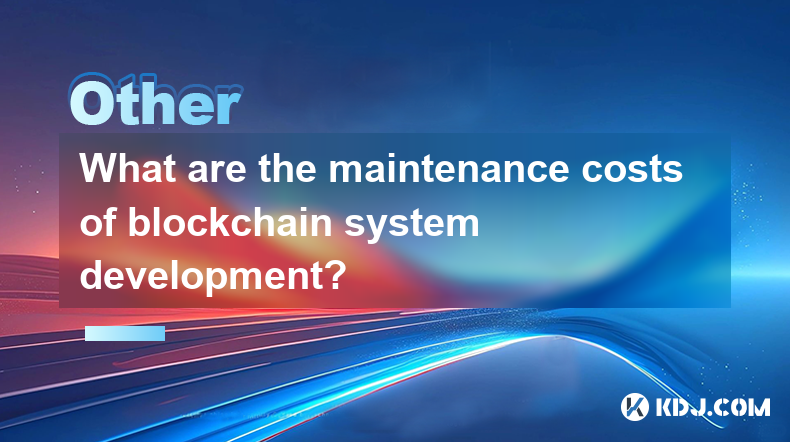
What are the maintenance costs of blockchain system development?
Apr 03,2025 at 06:07pm
The maintenance costs of blockchain system development are multifaceted and depend on various factors. These costs can include technical maintenance, security updates, infrastructure expenses, and personnel costs. Understanding these elements is crucial for anyone planning to develop or maintain a blockchain system. Technical MaintenanceTechnical mainte...
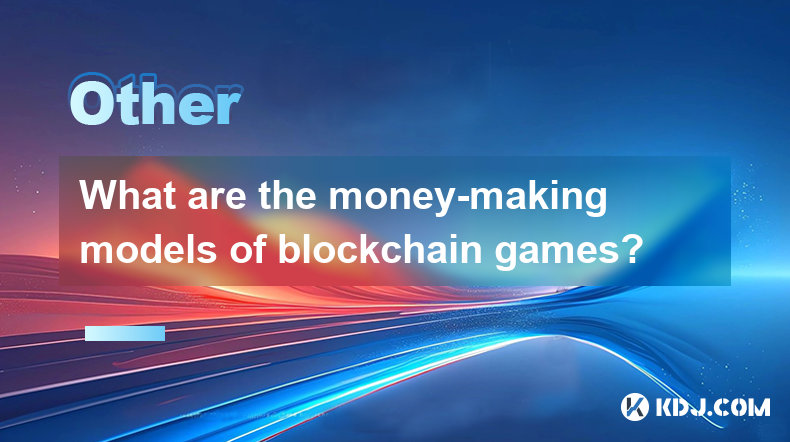
What are the money-making models of blockchain games?
Apr 04,2025 at 02:00pm
Blockchain games have emerged as a revolutionary way for players to earn real money while enjoying their favorite pastime. These games leverage the power of blockchain technology to create unique money-making models that benefit both the players and the developers. In this article, we will explore the various money-making models of blockchain games and ...
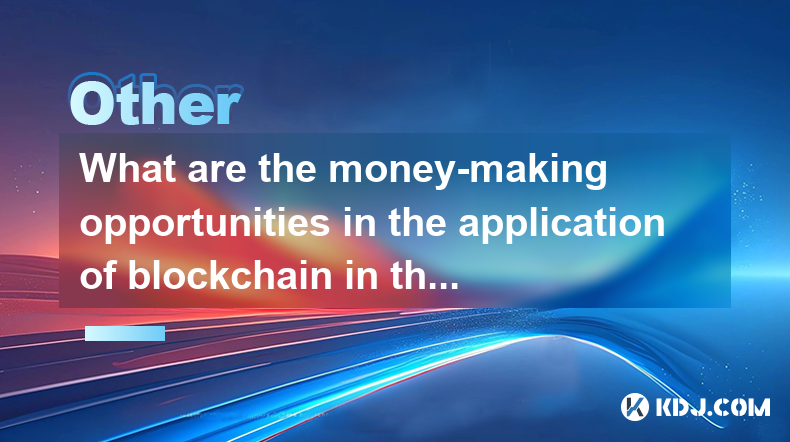
What are the money-making opportunities in the application of blockchain in the field of Internet of Things?
Apr 05,2025 at 10:35pm
The integration of blockchain technology with the Internet of Things (IoT) presents numerous money-making opportunities. Blockchain, with its decentralized and secure nature, can revolutionize how IoT devices interact, manage data, and conduct transactions. This article will explore various avenues where entrepreneurs, developers, and investors can capi...

Is the ranking of Chinese blockchain apps real and reliable?
Apr 04,2025 at 09:01pm
The ranking of Chinese blockchain apps has become a topic of interest for many in the cryptocurrency community, as it provides insights into the popularity and adoption of blockchain technology within China. However, the reliability and authenticity of these rankings are often questioned. This article aims to delve into the factors that influence these ...

What are the future development trends of blockchain game development?
Apr 03,2025 at 05:00am
Blockchain technology has revolutionized various industries, and gaming is no exception. As we look to the future, several trends are set to shape the development of blockchain games. These trends not only promise to enhance the gaming experience but also to integrate blockchain technology more seamlessly into the gaming ecosystem. Let's explore these t...

What are the high-return opportunities for blockchain investments?
Apr 05,2025 at 02:35pm
Blockchain technology has revolutionized the financial world, offering numerous high-return investment opportunities. These opportunities span various sectors within the cryptocurrency ecosystem, including cryptocurrencies, decentralized finance (DeFi), non-fungible tokens (NFTs), and blockchain startups. Each of these areas presents unique risks and re...

What are the maintenance costs of blockchain system development?
Apr 03,2025 at 06:07pm
The maintenance costs of blockchain system development are multifaceted and depend on various factors. These costs can include technical maintenance, security updates, infrastructure expenses, and personnel costs. Understanding these elements is crucial for anyone planning to develop or maintain a blockchain system. Technical MaintenanceTechnical mainte...

What are the money-making models of blockchain games?
Apr 04,2025 at 02:00pm
Blockchain games have emerged as a revolutionary way for players to earn real money while enjoying their favorite pastime. These games leverage the power of blockchain technology to create unique money-making models that benefit both the players and the developers. In this article, we will explore the various money-making models of blockchain games and ...

What are the money-making opportunities in the application of blockchain in the field of Internet of Things?
Apr 05,2025 at 10:35pm
The integration of blockchain technology with the Internet of Things (IoT) presents numerous money-making opportunities. Blockchain, with its decentralized and secure nature, can revolutionize how IoT devices interact, manage data, and conduct transactions. This article will explore various avenues where entrepreneurs, developers, and investors can capi...
See all articles
















































































